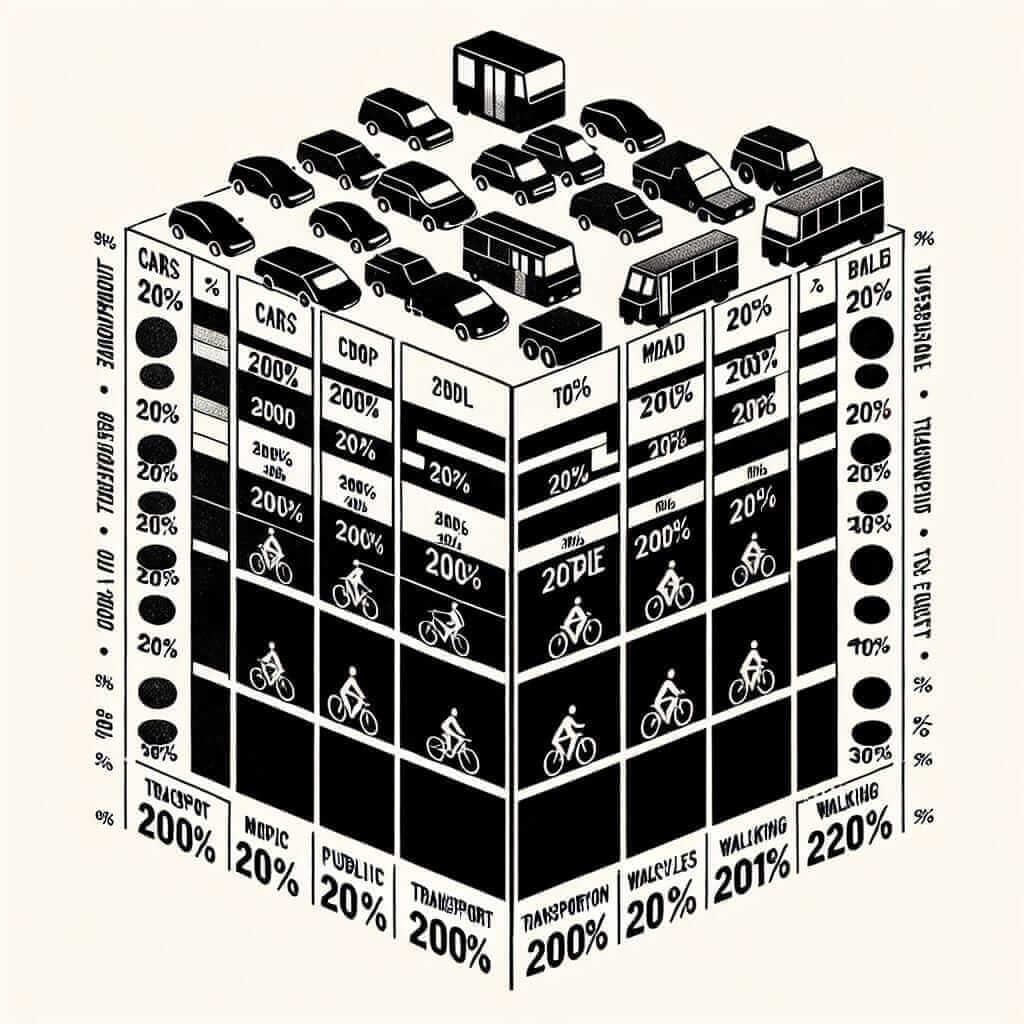Understanding IELTS Writing Task 1 Table
The IELTS Writing Task 1 requires you to describe visual data, and one common format is a table. This table presents data in rows and columns, often illustrating trends, comparisons, or changes over time. Your task is to analyze this data and present it in a clear, concise, and well-organized report of at least 150 words.
Mastering the Art of Describing Tables
Writing a successful Task 1 essay for a table requires a structured approach. Here’s a step-by-step guide:
1. Analyze the Table Carefully
- Identify the key features: What does the table show? What are the units of measurement? What is the time frame (if any)?
- Highlight significant trends: Are there any striking increases or decreases? Do any categories stand out? Are there any notable similarities or differences?
2. Structure Your Essay Effectively
A well-structured essay enhances clarity. Follow this format:
- Introduction (Paraphrase & Overview): Begin by paraphrasing the information given in the question prompt. Then, provide a brief overview of the most important trends or patterns you’ve identified.
- Body Paragraphs (Detailed Analysis): Divide your analysis into two or three body paragraphs. Each paragraph should focus on a specific aspect of the data. For example, you could dedicate one paragraph to comparing categories and another to describing changes over time.
- Conclusion (Summarize Key Findings): Briefly summarize the main trends or findings you’ve discussed. There’s no need to introduce new information here.
3. Use Precise Vocabulary and Grammar
- Comparison Language: Utilize comparative and superlative adjectives (e.g., higher, the highest, lower, the lowest) and adverbs (e.g., significantly, considerably, slightly) to highlight differences and similarities.
- Trend Language: Employ verbs and phrases to describe trends (e.g., increase, decrease, fluctuate, remain stable, reach a peak, experience a dip).
- Prepositions: Use prepositions accurately to show time and position within the table (e.g., in, by, from, to, between, over).
- Data Specificity: Be precise when referring to data points. Use specific numbers, percentages, and units of measurement.
Illustrative Example from IELTS Practice
Let’s examine a sample table and a model response:
Table:

Model Response:
The table illustrates the changes in modes of transport used by residents of a particular city between the years 2000 and 2010.
Over this decade, the use of cars as a primary mode of transport rose considerably, from 15% to 25%. In contrast, reliance on public transportation declined from 40% to 30%.
Interestingly, the popularity of cycling experienced a slight decrease, falling from 30% to 25%, while walking emerged as a more favored option, with its share increasing from 15% to 20%.
Essential Tips for Success
- Practice Makes Perfect: Familiarize yourself with different types of tables and practice writing reports regularly.
- Time Management: Allocate your time wisely during the exam. Aim to spend about 20 minutes on Task 1.
- Proofread Carefully: Before submitting, review your work for any grammatical errors, spelling mistakes, or clarity issues.
- Seek Feedback: Have a teacher or a proficient English speaker review your writing and provide constructive criticism.
By following this comprehensive guide and dedicating yourself to practice, you’ll be well-equipped to confidently tackle the IELTS Writing Task 1 table and achieve your desired score.